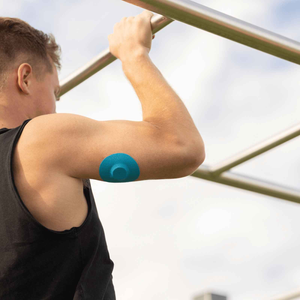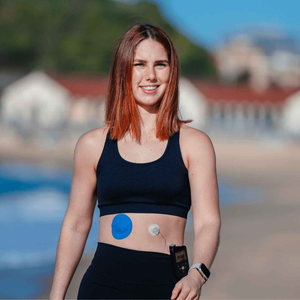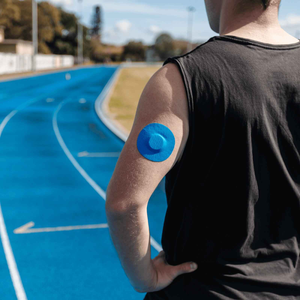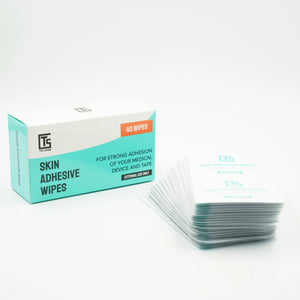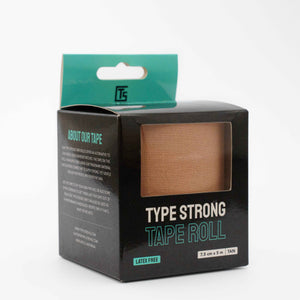It’s not every day you see a toy making global headlines, but Barbie’s latest release - a doll with a visible CGM patch and insulin pump - has become a genuine talking point.
The news is everywhere, from breakfast TV to parent forums. Why the buzz? Because for the first time, one of the world’s best-known toys is openly representing kids who wear diabetes tech, and it’s about time.
Why Barbie’s diabetes doll is trending now
Social media has lit up with photos of the new Barbie, parents are sharing stories about children who finally feel “seen,” and diabetes organisations are calling it a step in the right direction. There’s a reason so many families and health professionals are celebrating: this doll is normalising medical devices for a whole new generation.
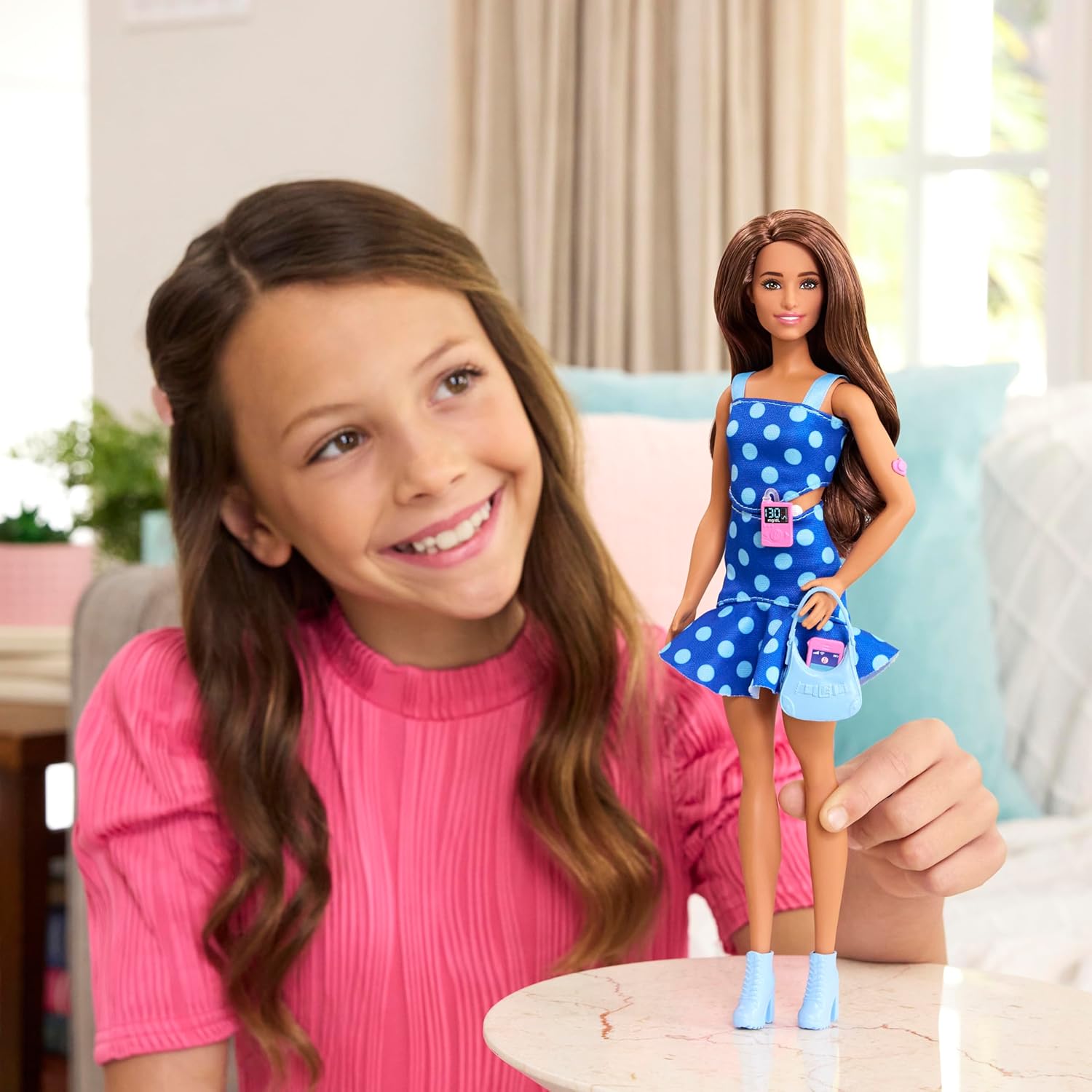
When a trend like this catches on, it’s more than a passing moment. It becomes a powerful tool for inclusion, understanding, and self-esteem.
What this trend means for real families
When something hits the mainstream, it helps shape attitudes - not just for children living with type 1 diabetes, but for everyone around them. Barbie wearing a CGM patch can help kids:
- Answer questions confidently
- Feel less anxious about their devices
- Start positive conversations with friends and classmates
If you’ve ever worried about your child’s device coming loose during the day, stronger Dexcom G7 patches, Freestyle Libre adhesive patches, or even a product bundle can help keep sensors secure so play never stops.
The real-world impact: more than just a toy
Barbie’s diabetes doll is a win for representation, but it also shines a light on practical daily challenges. From patch reactions to skin sensitivity, the right support makes a difference. If your child experiences irritation or needs longer wear time, consider adding skin adhesive wipes or tape roll to your routine.
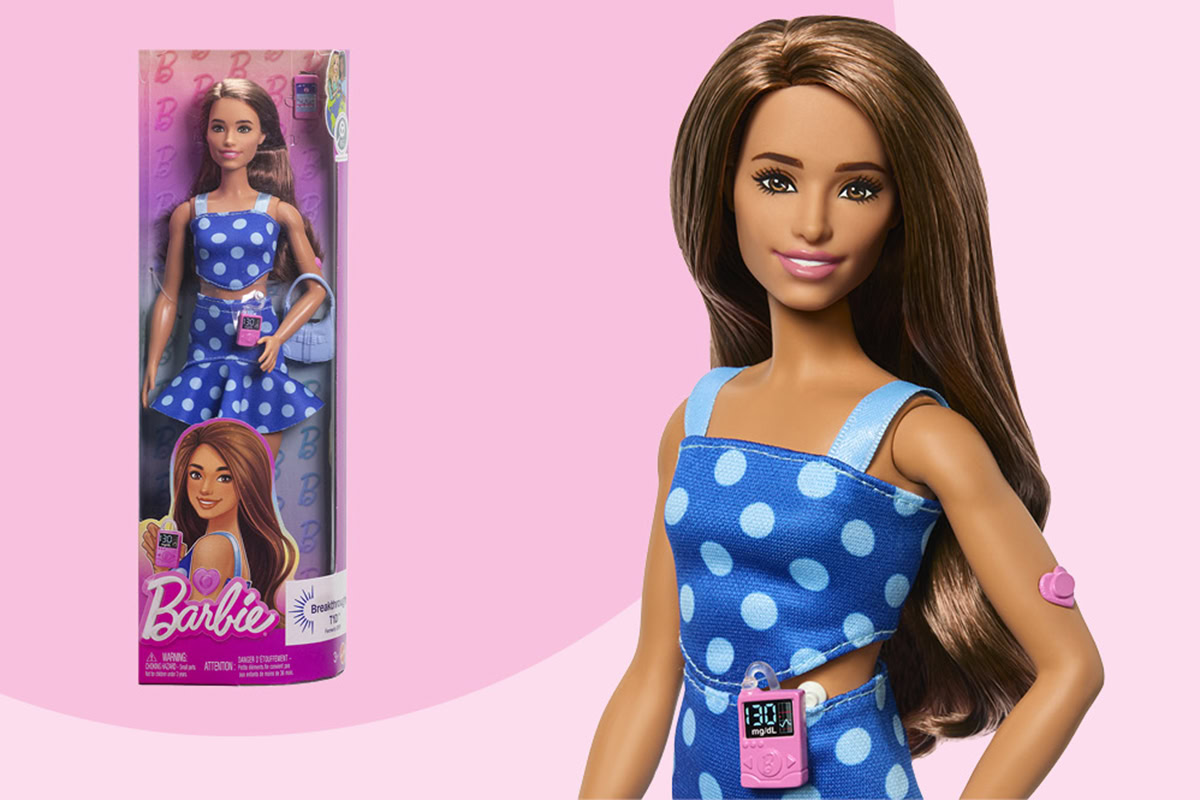
Curious about best practices for proper skin prep or how spare CGM patches can help? Our resources cover everything from new devices to skin care after removal.
Frequently Asked Questions
- Why is everyone talking about Barbie’s diabetes doll? Because it’s the first time a mainstream toy has openly included a CGM patch, making children with type 1 diabetes feel seen and celebrated.
- Will seeing Barbie with a CGM patch really help my child? Representation helps kids feel normal about their devices. It can also spark helpful conversations with family, friends, and teachers.
- What if my child is worried about patch reactions or skin irritation? Gentle, hypoallergenic patches and good skin prep can make a difference. If irritation continues, check with your healthcare team.
- How do I choose the right CGM patch for my child? Look for patches that match your child’s device - Omnipod patches, pump infusion set patches, or Dexcom G6 adhesive patches. Read reviews and start with a gentle option.
-
Are there resources for families new to CGMs? Yes - our community stories and educational blogs offer practical support for every stage.
Final word: why this trend is worth celebrating
The release of Barbie’s diabetes doll isn’t just a passing headline - it’s a meaningful win for every child who’s ever felt “different” because of their health. When a brand as big as Barbie makes space for diabetes tech, it tells children, families, and the world: you are seen, you matter, and you deserve to play, belong, and thrive.
Helpful links and references
- Barbie introduces first doll with type 1 diabetes device – AP News
- NHS – Children's skin and allergies
For practical ways to support your child’s confidence, browse our range of CGM patches and read our latest community stories for inspiration and advice.
